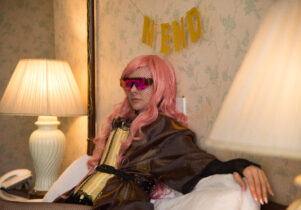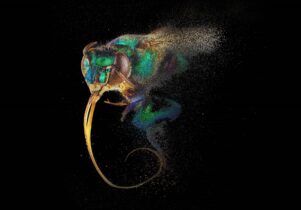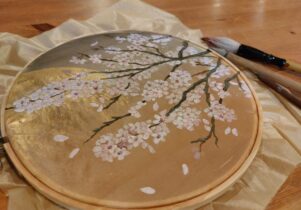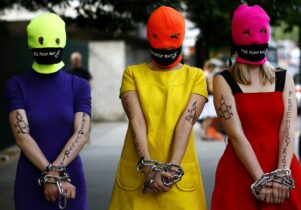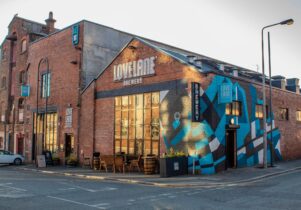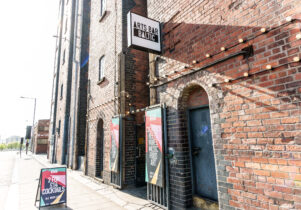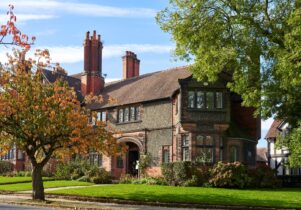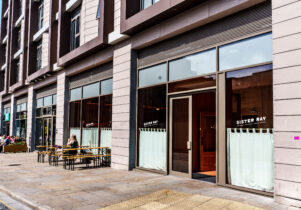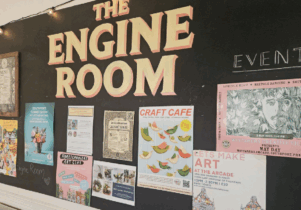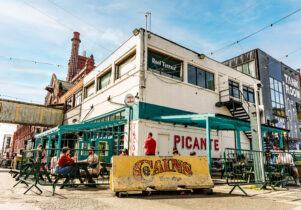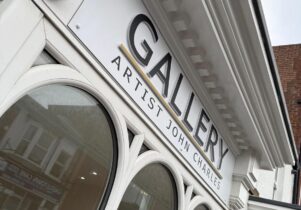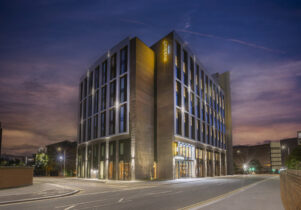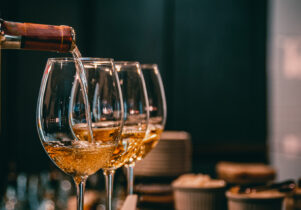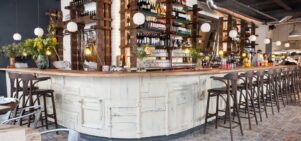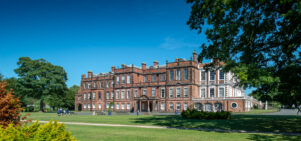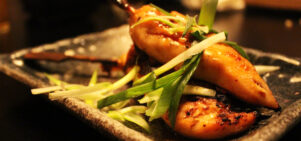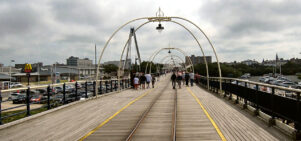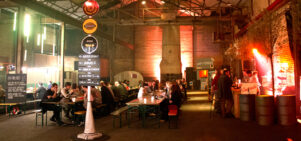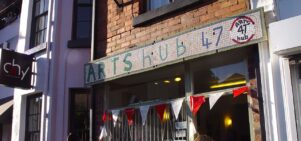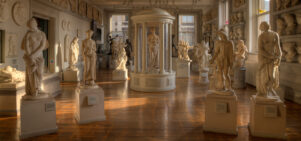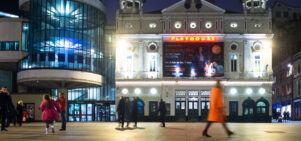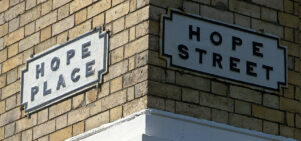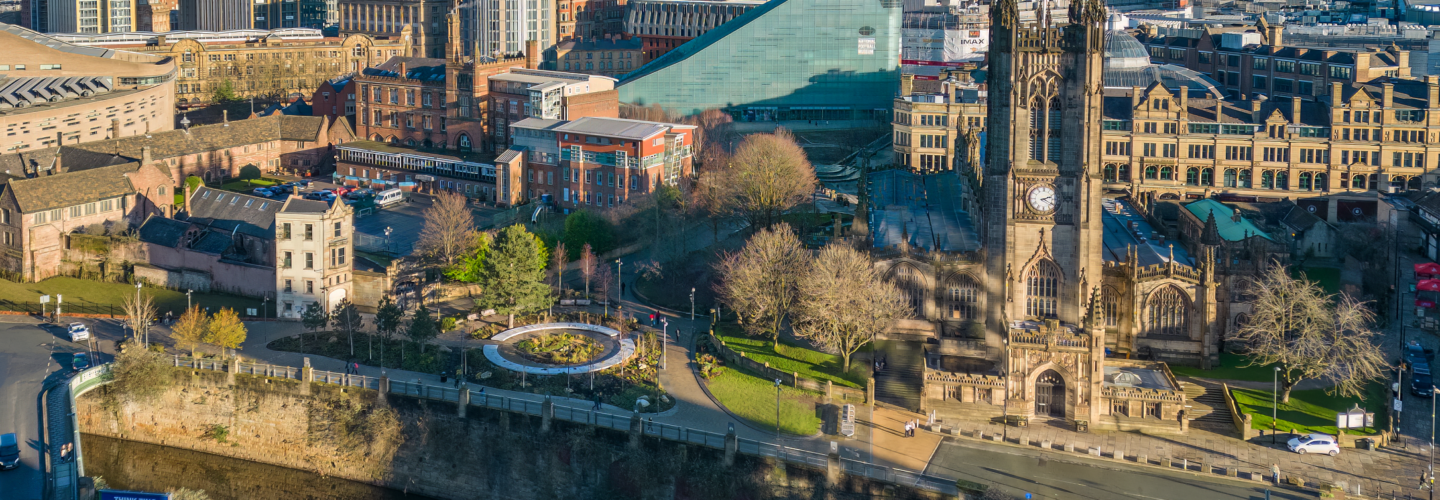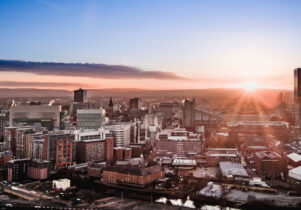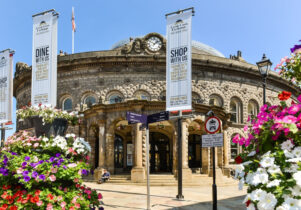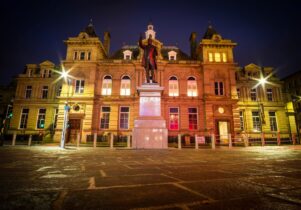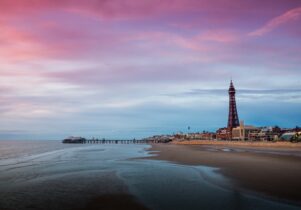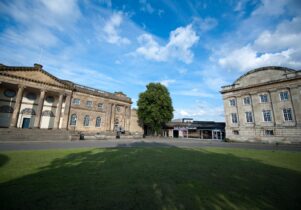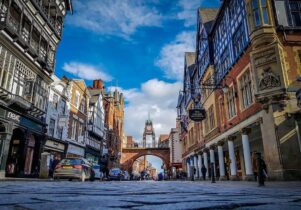Things to Do in Liverpool
Creative TouristLiverpool’s cultural calendar is in full swing, packed with bold ideas, boundary-pushing performances and electric nights out.
Liverpool Biennial — the UK’s largest free festival of contemporary art — sets a powerful tone for the season. Themed around bedrock, it digs into the foundations we choose to build on — creatively, politically, emotionally. That same spirit of inquiry runs through Plays for the People at Shakespeare North Playhouse, where urgent social questions take centre stage and the audience becomes the cast. And over at World Museum, Bees: A Story of Survival zooms in on the delicate ecosystems that underpin our future.
Meanwhile, the city’s music scene continues to blur boundaries. BC Camplight pares things back with a raw, stripped-down piano set at Rough Trade, while the new Outer Waves Festival explodes with future-facing energy, spanning genres and generations across the Invisible Wind Factory.
Whether you’re in the mood to march, meander, make something or just marvel for a while, our highlights of Liverpool’s cultural calendar right now seem to share the same theme of connection — to place, to people, to possibility.
Oh and our favourite new restaurant? Picante is rocketing up the league table of Liverpool’s most flat-out fun dining destinations. It’s all about Mexican street food and brightly coloured, ice-cold cocktails, making it a must for the summer.
